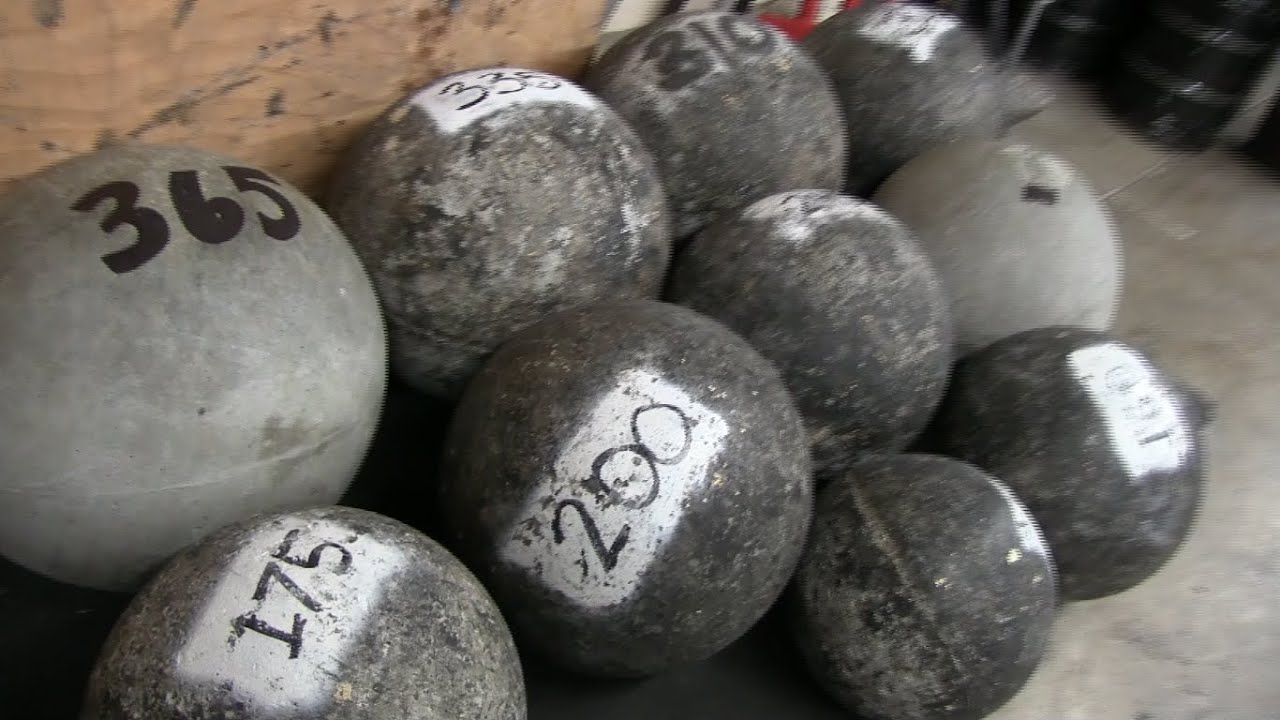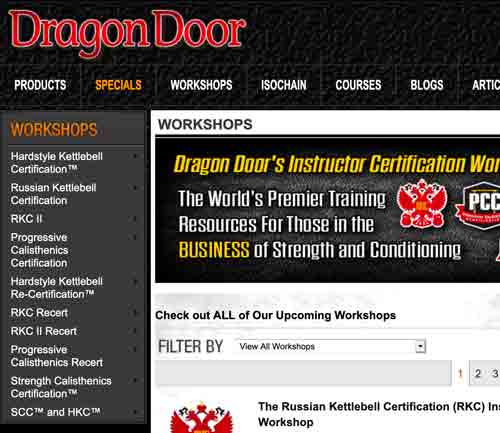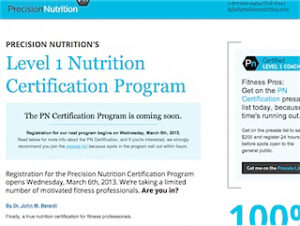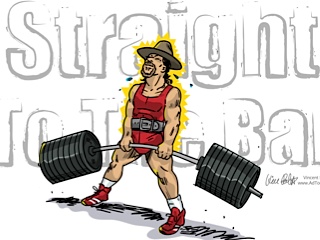
I don’t care if you tear a stack of paper, a deck of playing cards, or a stack of bills you don`t want to pay. Tearing is good fun. Tearing can have some advantages over other types of destructive training/enjoyment as the technique I will describe is significantly easier on the elbows than short steel bending. Additionally, everyone thinks they know someone who can tear a deck of cards. That someone should and will be you!
I tear because I can, and tearing gives me a sense of accomplishment and finality that other forms of resistance training don`t provide. There are not many other activities that combine a high level of mental toughness, explosive strength, brute strength, a bit of strength endurance and last but not least complete and utter VICTORY. If you pull or press a weight for a PR the weight looks at you as if to say you won that one, what have you got now? (no weights don’t speak to me, well at least not too often) When you tear or bend the job is DONE. The only thing left is to decide if you want to tear the halves into quarters.
The purpose of this article is tearing and I will stick to two areas of tearing that I have had some success. Mind you, I do not consider myself a guru or any such nonsense. I am simply a fairly strong man who has found pleasure in tearing and bending and feel a need to share these old time strong man exercises with others.
Technique and mind-set are critical to your success in tearing. Mind-set is more important initially in the sense that if you are truly focused and concentrate on generating tension in the proper sequence, then you have a shot at delivering the necessary power to complete your task. The quality of your technique will determine how efficiently you are able to deliver that power. The way to increase your skill level is to practice. Keep in mind I’m referring to quality practice, do not mindlessly crank out repetitions to say you are done.
Remember, practice does not make perfect, “perfect practice makes perfect“.
Mind-Set + Correct Technique with Practice=Increased Skill
I will discuss card tearing in this paper, because obtaining cards is easier for most people than telephone books. There are two ways I tear cards, and both are shown on the next page. The first method works very well but can aggravate my elbows. The second method allows me to tear without any elbow pain, I will cover this method in detail.
In the first technique your hands are opposed and you are directing your power thru to the “heel” of your hands. This method uses the palms working antagonastically to provide the shearing motion necessary to tear the cards. I have found this to be an excellent way to deliver power to the cards, but I’m quite aware of my elbows the following day. This method allows you to really get your lats involved in the motion as well as your shoulders and lower arms. Needless to say, anytime you can use the larger muscles to help out by all means take advantage of the leverage. A few key points, make sure the top of your left hand is even with the bottom of your right hand (minimize the gap) and twist your hands on a flat or parallel plane do not “corkscrew“.
In the second technique, your palms are facing each other and you are directing the power thru the “heel” of one hand and the fingers of the opposing hand. Please keep in mind both hands must have maximum tension, but there is more emphasis in these areas. Be sure to keep your thumbs parallel, squeeze the cards tight and twist
your hands in a “shearing” motion, avoiding “corkscrewing“. Lets move onto some specifics regarding this technique.
To begin, get into a “neutral” stance, with your feet parallel and slightly wider than shoulder width, shoulders parallel with your pelvis, and your hands comfortably in front and slightly above waist height. In this position push your heels down thru the floor and extend your body vertically thru the crown of your head. This lengthened position should be maintained while tearing.
Make sure your thumbs are parallel and as close together as possible. Before you begin tearing, you must “set” the cards correctly in your hands. Using your thumbs and pinky fingers push the cards together so the sides are even, and using your palms push the ends together. Rotate your hands back to the starting position and bend the ends of the cards away from you slightly- about two mm. Ready to Tear? Lets start!
Starting at your feet start generate tension as outlined in my article ‘How to Generate Power for Hand Strength‘. When you have achieved maximum tension, start twisting your hands in opposite directions(a “shearing” motion) and continue to the end.
 Some people find it necessary to stop midway to adjust their hands, try not to as its better to keep momentum on your side. Notice my posture and hand position.
Some people find it necessary to stop midway to adjust their hands, try not to as its better to keep momentum on your side. Notice my posture and hand position.

Aside from the slight differences due to tension my posture is close to the starting position. This is important because you need to remain “neutral” to efficiently deliver the power you generated to your lower arms.
A couple of common mistakes are:
hands migrating to one side, or shoulders tilting. These are both indications that you are attempting a bit too much. Some would argue that this is a sign you are near your max, but my point is you are losing transfer efficency and are in effect “spinning your tires“.
You paid too much for that power you developed thru max tension so get your moneys worth! A second concern is you are putting too much tension on one side and are out of balance-in other words you are a joint/tendon injury in progress.
Remember you tear because it’s fun, not so you can rehab new injuries. Maintain correct form and you will reduce your potential for injury.Seem a bit simple? It is; I don`t use any “tricks” to tear anything. Grab the deck, position yourself to take advantage of any leverage, squeeze the cards hard enough that they don’t slide out of position and tear. Regarding sets and reps, I keep it simple – 3 to 5 times per week I tear cards. Two tears at 50% of my 1RM followed by 3 to 5 tears at 75% to 90% of my 1RM. The deciding factor is how I feel that day, and not what a “schedule” tells me I should tear. I always stop with a tear or two left in the “tank” unless I`m trying for a new PR. I rest 2-5 minutes between tears, but it`s not uncommon for me to work tearing, bending, and the rolling thunder in a circuit to take advantage of “fatigue specificity” while decreasing “idle time”.
Hope you have enjoyed the article.
Stay safe and enjoy tearing,
Chuck












0 Comments